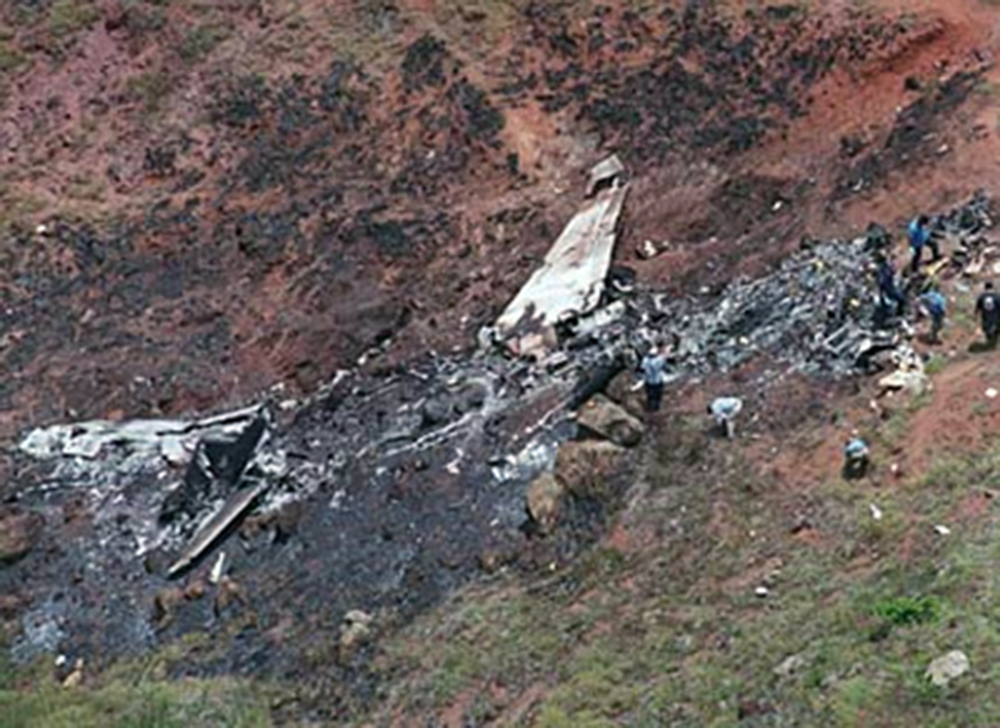Crash of a Piper PA-31-325 Navajo C/R in Kahului
Date & Time:
Feb 18, 2004 at 1352 LT
Registration:
C-GPTE
Survivors:
Yes
Schedule:
Honolulu – Oakland – Brooks
MSN:
31-7712059
YOM:
1977
Crew on board:
1
Crew fatalities:
Pax on board:
0
Pax fatalities:
Other fatalities:
Total fatalities:
0
Aircraft flight hours:
7923
Circumstances:
The airplane collided with terrain 200 yards short of the runway during an emergency landing following a loss of engine power. The pilot was on an intermediate leg of a ferry trip. Approximately 300 miles from land, the fuel flow and boost pump lights illuminated. Then, the right engine failed. The pilot flew back to the nearest airport; however, approximately 200 yards from the runway, the airplane stalled and the right wing dropped and collided with the ground. The fuel system had been modified a few months prior to the accident to allow for a ferry fuel tank installation. Post accident examination of the airplane could not find a reason for the power loss.
Probable cause:
The pilot's failure to maintain an adequate airspeed while maneuvering for landing on one engine, which resulted in an inadvertent stall. The loss of power in one engine for undetermined reasons was a factor.
Final Report:





